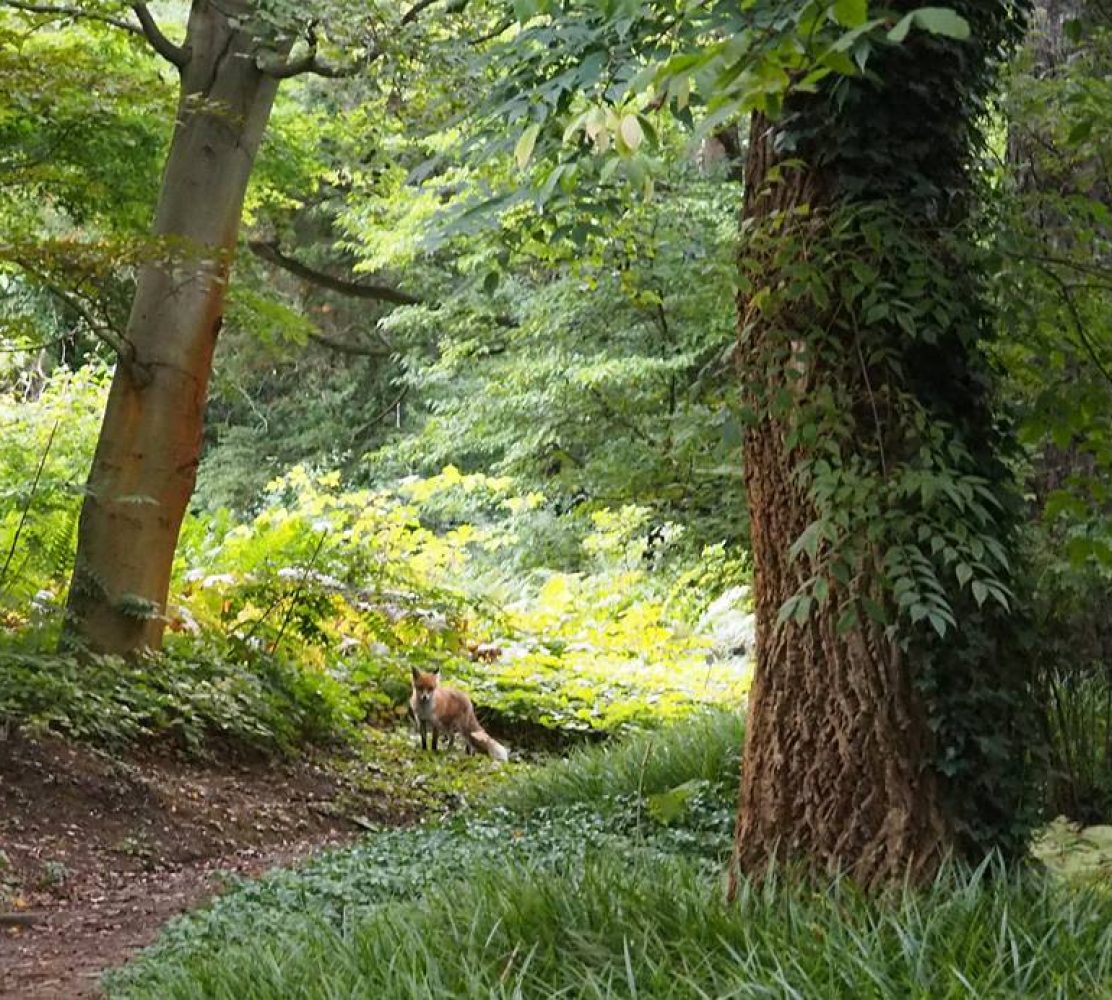
In January, following our tradition of exploring the hills, we set off for our first hiking outing in Lower Franconia, the region of Bavaria in which Würzburg is situated. A quick search on Komoot showed us that there are a lot of interesting hikes within about a 60-90 minutes radius of Würzburg. For our first trip, Kreuzberg got the nod because 1) it has a monastery with a brewery (Husband’s Choice) 2) it has the same name as a Berlin suburb and we were curious to see “the other Kreuzberg” and 3) it is the highest of the Rhön mountains (928m) in the Bavaria, and is known as “The Sacred Mountain of the Franconians”.

The Rhön mountains are on the boundaries of the states of Bavaria, Hesse and Thuringia. the highest Rhön mountain is the Wasserkuppe, located in Hesse. At 950,2m, it is not much higher than Kreuzberg.

We parked in the parking lot of the Franziskaner Kloster Kreuzberg (Kreuzberg Franciscan monastery), and started our round tour by climbing the several flights of steps to the top of Kreuzberg, the “Holy mountain of the Franconians” (Heiliger Berg der Franken).




At the top are Golgotha’s three crosses, which look out of the Rhön mountains, which on this winter’s day swirled with mist. At 6 months pregnant, I had to stop and rest briefly a few times, since lugging that weight up steps puts quite a strain on the legs and feet. It was worth the effort (suffering!) for the splendid view. On top you can also follow the stations of the cross to another big cross on the summit. Legend has it that the missionaries Kilian, Kolonat and Totnan erected the first cross here in the year 686. St. Kilian, and Irish missionary bishop, is particularly popular in Franconia, and is known as the Apostle of Franconia.



We continued to join hiking trail 1, which led us through a forest around the side of the mountain and back down to the monastery.

It was time to have some lunch, warm up and rest the feet. Luckily we found a spot in the crowded monastery tavern. It was self-service, so I sat and rested my feet while my husband went to fetch some food and (for him) beer. My Käsespätzle (a cheesy dish made with German pasta; think German macaroni cheese) was very tasty. Like many monasteries, this one brews its own beer, so it’s worth trying it if you are there.

The Franciscan monastery was built between 1677 and 1692, and is near to the town of Bischofsheim an der Rhön. Following lunch, we took a walk around the monastery complex, including the church, the cemetery, the candle chapel, the Maria grotto and the museum. Inside the museum you could read a bit about St Francis and the Franciscan order.






After our tour of the Kreuzberg monastery, we decided to visit another historical site in the area, the ruins of Osterburg castle. We parked in a parking lot near on of the ski lifts in the area and took a walk down a snowy hill and then up into some forests, where we had to climb higher to reach the castle ruins.


Due to the winter weather, we found that we were the only visitors when we arrived, and we had the ruins to ourselves. In the mist it all looked very mysterious, and you almost felt you could step back in time.



Osterburg castle was built in the late 1160’s. It is not known who built it, and why, although it acted as a border fortress in the dispute between the Rhön nobility and Fulda. It is thought that the castle was inhabited until the 17th century. Then it fell into ruin and was hidden by the forest. In 1897, forest workers came across the forgotten castle while building a path. Excavations may yet reveal more of the castle’s mysteries.






Our first day of exploring a hiking area in Franconia left us feeling satisfied. We look forward to exploring more of the area!

